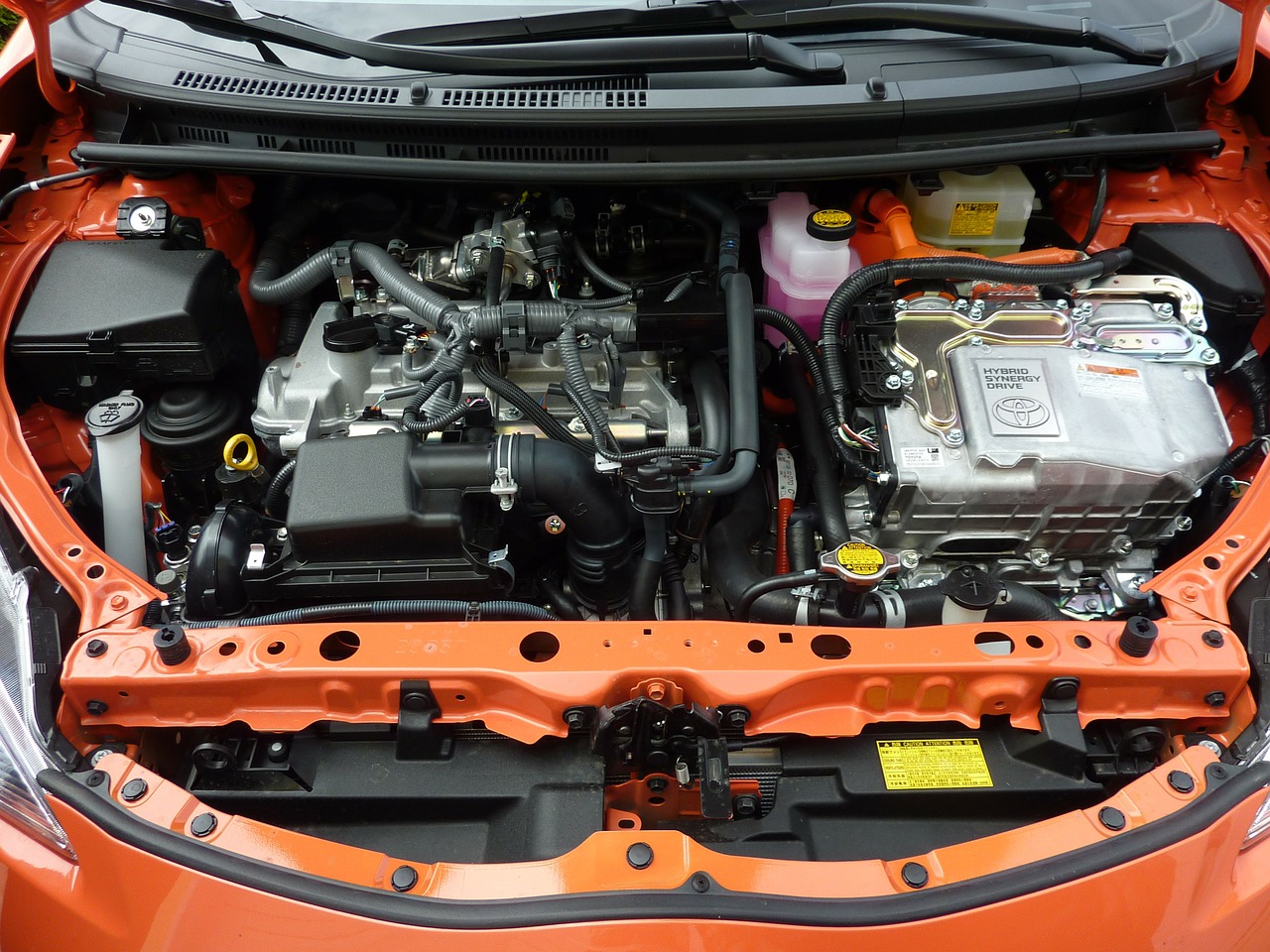In the past decade, hybrid vehicles have exploded in popularity. These vehicles offer great fuel economy while also reducing our reliance on fuel and minimizing harmful emissions. However, it is important to recognize that the term “hybrid” actually refers to a variety of different types of engines.
If you’re considering purchasing a hybrid vehicle, do your research and ensure you understand how the engine powers itself. This will help you anticipate the potential benefits and drawbacks of the purchase. “Hybrid” refers to any vehicle that combines an electric motor with a gasoline one. Hybrid vehicles recapture energy through regenerative braking, which reduces reliance on fuel.
A hybrid vehicle may use only the electric motor or only the gas one depending on driving conditions. Often, both engines are at work. Using the electric motor means that less gasoline is burned, which reduces emissions of greenhouse gasses and fuel consumption.
People often think of hybrid vehicles as slower than traditional cars, but the electric motor can be configured to boost the car’s performance so that it feels fun to drive. In any hybrid, the electric motor relies on a high-voltage battery pack, which is separate from the conventional 12-volt battery found in traditional gas-powered vehicles. When decelerating, energy is typically lost to heat. Hybrids harness this energy to recharge the battery. In addition, the gas engine can charge the battery.
Several different types of hybrid vehicles exist, and they all operate slightly differently. Some of the key hybrid configurations include:
1. Series Hybrid
A series hybrid, such as the BMW i3, uses the electric motor to provide all acceleration—there’s no physical connection between the wheels and the engine. In this model, the gasoline engine exists solely to recharge the battery whenever regenerative braking is not enough. This type of vehicle is characterized by smoother, yet more powerful acceleration. Because the electric motor provides all the power, these cars tend not to vibrate, which some people like and others do not.
The other thing to think about with series hybrids is that the engagement between the electric motor and gasoline engine does not always correlate with the driver’s foot on the pedals. Sometimes, the car may be cruising at a slow pace while the engine revs, since it is recharging the battery. This disconnect can make some people feel uneasy when driving a series hybrid.
2. Parallel Hybrid
The parallel hybrid is the most common design for hybrids: it’s the setup that people are most likely to be familiar with. In this design, the electric motor and gasoline engine are connected via a common transmission. This transmission is designed to combine power from both sources. Depending on the manufacturer, the transmission may be manual or automatic. Another common style is the continuously variable transmission (CVT), which avoids gears altogether.
One of the most popular transmissions is the power-split CVT, which is used by popular models like the Chevrolet Volt and Toyota Prius. The size of the gasoline engine, as well as the type of transmission, have the biggest impact on how this type of hybrid drives, from acceleration to the sounds it produces. This means that it’s important to ask about both factors when considering a vehicle with this setup.
3. Combination Hybrid
Not all hybrids fall neatly into the two categories previously outlined. Honda, for example, recently released a hybrid engine that usually operates in parallel. The engine turns a generator the majority of the time to keep the electric motor charged. However, the gasoline engine is also capable of driving the wheels, as in a parallel design.
Another type of combination hybrid is sometimes called a “through-the-road” hybrid. This type uses a front-wheel-drive engine and a transmission that links the rear axle to an electric motor. Each engine powers a different axle. Some Porsche, BMW, and Acura models reverse this typical setup with electric-only front axles and gasoline-driven rear axles.
4. Plug-in Hybrid
Most people assume plug-in cars are fully electric vehicles (EVs). However, some hybrid models have much larger battery packs than others. Because the battery is so large, it requires a charge from an external source, whether a home or public charging station. This larger battery acts as a sort of gas tank for the electric motor and allows for extended driving using electric power alone. Some models allow the car to go up to 55 miles without needing any gasoline, which can save a lot of money in the long run. If you have a short commute to and from work, you may not need to use gasoline at all if you charge every night.
At the same time, a plug-in hybrid also gives you the option of driving long distances with the help of gasoline. At long ranges, the car essentially operates like a parallel hybrid. Altogether, the plug-in configuration provides the benefits of an EV with the flexibility of a traditional hybrid.
5. Mild Hybrids
A final category that you should be aware of is the mild hybrid. The options already listed are all full hybrids, which means that the electric motor can move the car without any help from the gasoline engine. In a mild hybrid, this is not the case. With mild hybrids, the electric motor supports the gasoline engine to reduce fuel consumption and/or improve performance. However, gasoline is always necessary. These vehicles often have an automatic start-stop system, which means the engine shuts down when the car is stopped to save fuel. The electric motor helps restart without wasting fuel.
